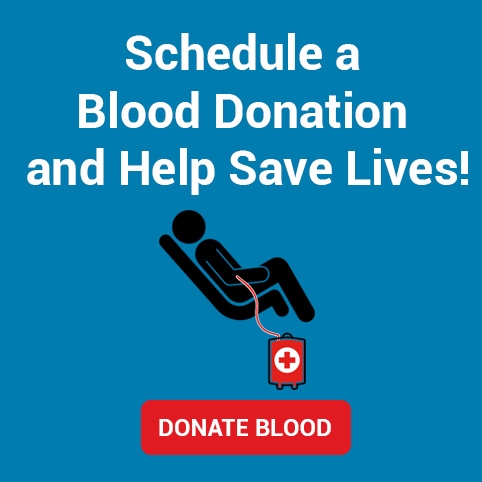Red Cross Survey Finds 61% of Children, Including More than Half of All Teens, Can’t Perform Basic Swim Safety Skills
Washington DC – May 14, 2015 - As part of a national campaign to reduce the drowning rate by 50 percent over the next three to five years, the Red Cross released national survey data that shows that most children and teens cannot perform basic swimming safety skills.
The survey, conducted for the Red Cross, found that nearly all parents (94 percent) expect that their children will engage in some sort of water activity this summer. However, nearly two-thirds (61 percent) of these parents report that their child cannot demonstrate all five basic skills that could save their lives in the water. Of these, 65 percent are parents of children (ages 4-12) and 51 percent are parents of teens (ages 13-17).
These critical water safety skills, also known as “water competency,” are the ability to, in this order: step or jump into the water over your head; return to the surface and float or tread water for one minute; turn around in a full circle and find an exit; swim 25 yards to the exit; and exit from the water. If in a pool, be able to exit without using the ladder.
“We're urging people to make sure that they and their families can swim this summer so the water can be a safer place for everyone,” said Connie Harvey, director of the Red Cross Centennial Initiative.
Every day, an average of 10 people die in the U.S. from unintentional drowning – and 1 in 5 and children 14 or younger, according to statistics from the Centers for Disease Control and Prevention. Drowning is the second leading cause of unintentional injury death for children and fifth for people of all ages. In addition, for every child who dies from drowning, another five receive emergency department care for nonfatal submersion injuries.
Other key survey findings are:
Nearly a fifth (18 percent) of adults who are not able to perform all five water safety skills expect to supervise a child near water this summer.
Fear is listed as the top reason for not learning how to swim both as a child and as an adult.
Nearly half of Americans (46 percent) report that they have had an experience where they were afraid they might drown.
Near-drowning experiences are more common among young adults (ages 18-24). And younger Americans are also more likely than those in any other age group to report that they know someone who nearly drowned (36 percent).
Summer Water Activities Planned for Children and Teens in Areas Without Lifeguards
The Red Cross drowning prevention campaign is ramping up as summer gets underway, and more than a third (35 percent) of parents expect their children and teens to swim at a place this summer without a lifeguard.
While stronger swimming skills would reduce the risk of drowning, the Red Cross survey found that just one in five children (20 percent) are likely to take swimming lessons this summer.
“As a water safety instructor, nothing makes my day more than seeing a child who used to be afraid of the water have the confidence to dive into the deep end and swim to the other side,” Harvey said. “The Red Cross created the first national water safety program in the U.S. – and today it’s still the gold standard, training more than two million people annually.”
Red Cross swimming lessons help people develop skills and water safety behaviors that help people be more comfortable and safe when they are in, on and around the water. The Red Cross encourages all household members to enroll in age-appropriate water orientation and Learn-to-Swim programs. To find classes for your family, contact your local aquatic facility and ask for American Red Cross swimming and water safety programs, or visit RedCross.org/TakeAClass.
On June 2, join the American Red Cross for our inaugural Giving Day, a 24-hour fundraising campaign to support those in need in communities across the country. Nearly every second of every day, the Red Cross delivers help and hope. And we couldn’t be there without the generous support of the American public. Together, let’s go “all in” and make one day count. Schedule your donation today for Giving Day at redcross.org/givingday. You can also help build awareness by using the hashtag #allin1day on Twitter and Facebook.
The national public opinion survey was conducted for the Red Cross April 17-20, 2014 using ORC International’s Online CARAVAN omnibus survey. The study was conducted among a national sample of 1,024 American adults, including 201 parents of children aged 4-17. The total sample is balanced to be representative of the US adult population in terms of age, sex, geographic region, race and education. The margin of error for the total sample of 1,024 adults is ±3.1percent; the margin of error for the sample of 201 parents is ±6.9 percent.







